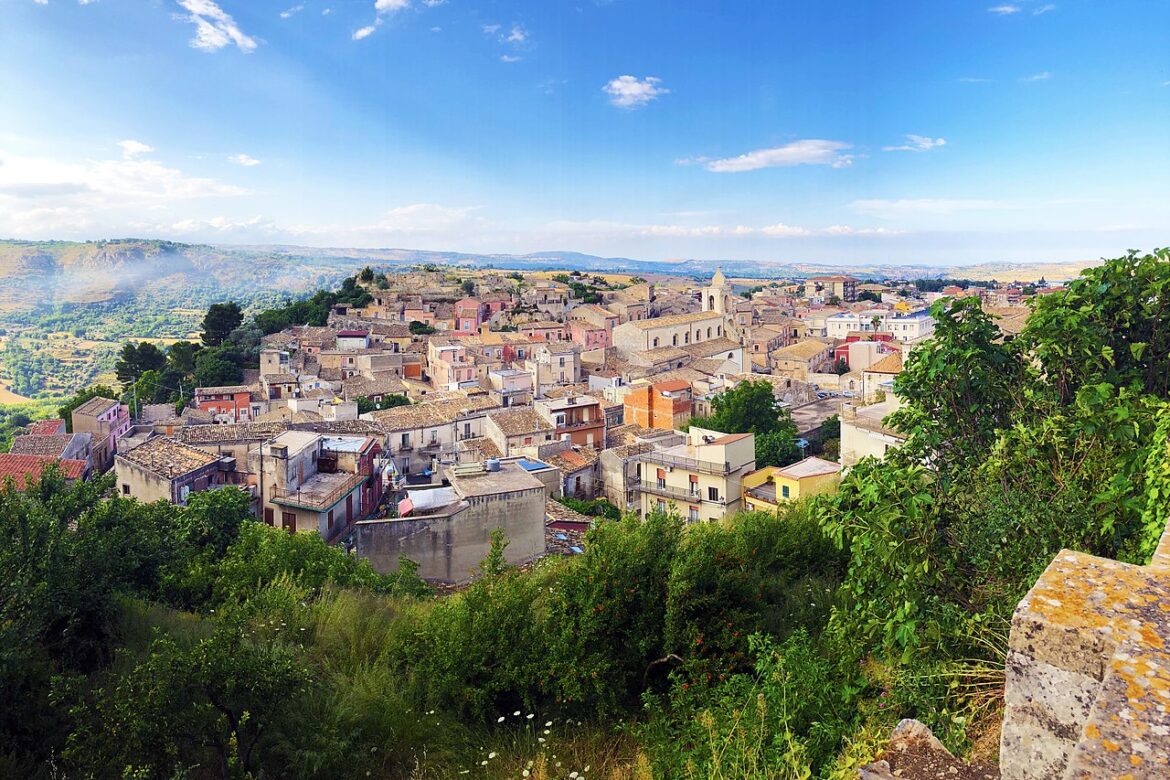It is in the deep south of Italy, in southern Sicily, that we travel by electric car along one of the region’s most fascinating routes. From Agrigento to Palazzolo Acreide, passing through Canicattì, Caltanissetta, Piazza Armerina and Caltagirone, Ragusa and Modica, Scicli, Noto and Avola, among valleys and panoramas, historic villages and architecture, gastronomic delicacies and great wines.
Day 1: Agrigento
The itinerary begins with charging at the Plenitude+Be Charge column in via Empedocle in Agrigento. Leaving the car we take a walk in the city center, located on the top of the hill of ancient Girgenti, rich in medieval buildings including churches, convents, monasteries and noble palaces. To see the cathedral of San Gerlando, the basilica of Santa Maria dei Greci and the bishop’s palace.
Land of the writer Luigi Pirandello, awarded the Nobel Prize for Literature in 1934, Agrigento was also the setting for his novels and novels. Lunch with a good plate of spaghetti with seafood and a swordfish cannoli with pistachio.
The Valley of the Temples
The Valley of the Temples is the destination of the Agrigento afternoon, among the most extensive, representative and best preserved archaeological sites of classical Greek civilization. A stone’s throw from the historic center of the city, the archaeological area corresponds to the remains of ancient Akragas: it is on a rocky ridge that the Doric temples dedicated to the Hellenic gods who have made this extraordinary corner of Sicily famous all over the world stand.
The visit to the valley is a unique experience that allows us to immerse ourselves in the classic reality of this great archaeological park. The temples are joined by sanctuaries, necropolis and various works that make the area one of the most fascinating archaeological areas in the world.
Before dinner we take a break by the sea. A walk before sitting at the table is what it takes after the riot of beauty and history of the Valley of the Temples. At dinner we taste the sheep ham and linguine with prawns, and close with a fillet of ombrina.
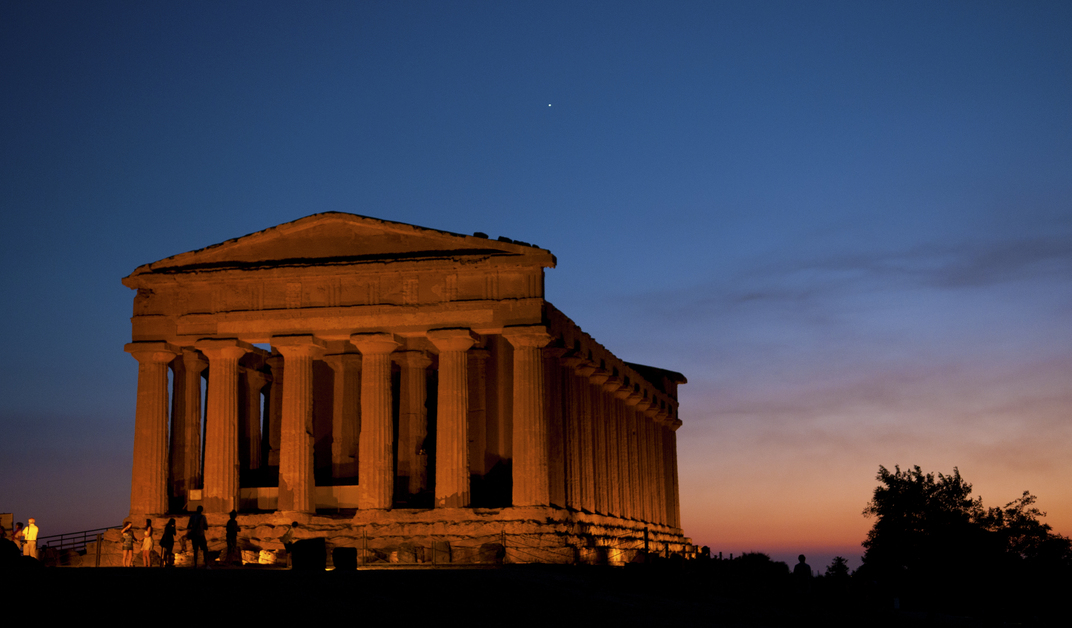
Day 2: Canicattì and Caltanissetta
We leave the beautiful Agrigento and, moving away from the sea, we reach Canicattì in a few minutes, a large inland center. Straddling the provinces of Agrigento and Caltanissetta, Canicattì rises among low hills where fruit crops are widespread, including Italian grapes, fishing and apricot. We visit the city that offers, among its architectural jewels, the Mother Church of San Pancrazio, built in the mid-eighteenth century, which is joined by numerous churches and historic buildings, including Palazzo La Lomia, among the largest in the city.
We reach the city of Caltanissetta for the late morning. For lunch we give ourselves trofie with pistachio pesto and a mixture of grilled meat.
Discovering Caltanissetta
Afternoon to discover the city, which stands on three hills, that of Sant’Anna, Poggio Sant’Elia and Monte San Giuliano, which arranged in an arch, form a basin in which part of the historic center and all the southern districts of the city develop. Founded by the Arabs in the tenth century, with the name that in Arabic can be translated as “women’s castle”, it was a feudal city until the nineteenth century.
Throughout the nineteenth century, until the first half of the twentieth century, Caltanissetta experienced a great economic boom driven by the presence of large sulfur deposits, so much so that it was called the “world capital of sulfur”. There are many places of interest in the city including the cathedral of Santa Maria Nuova, built between the end of the sixteenth century and the beginning of the seventeenth century, with the interior rich in frescoes. Also worth seeing is the church of San Sebastiano and the Triton fountain, among the symbols of the city.
Dinner with tagliatelle with red pumpkin and shrimp to continue with a slice of fresh salmon with lemon.
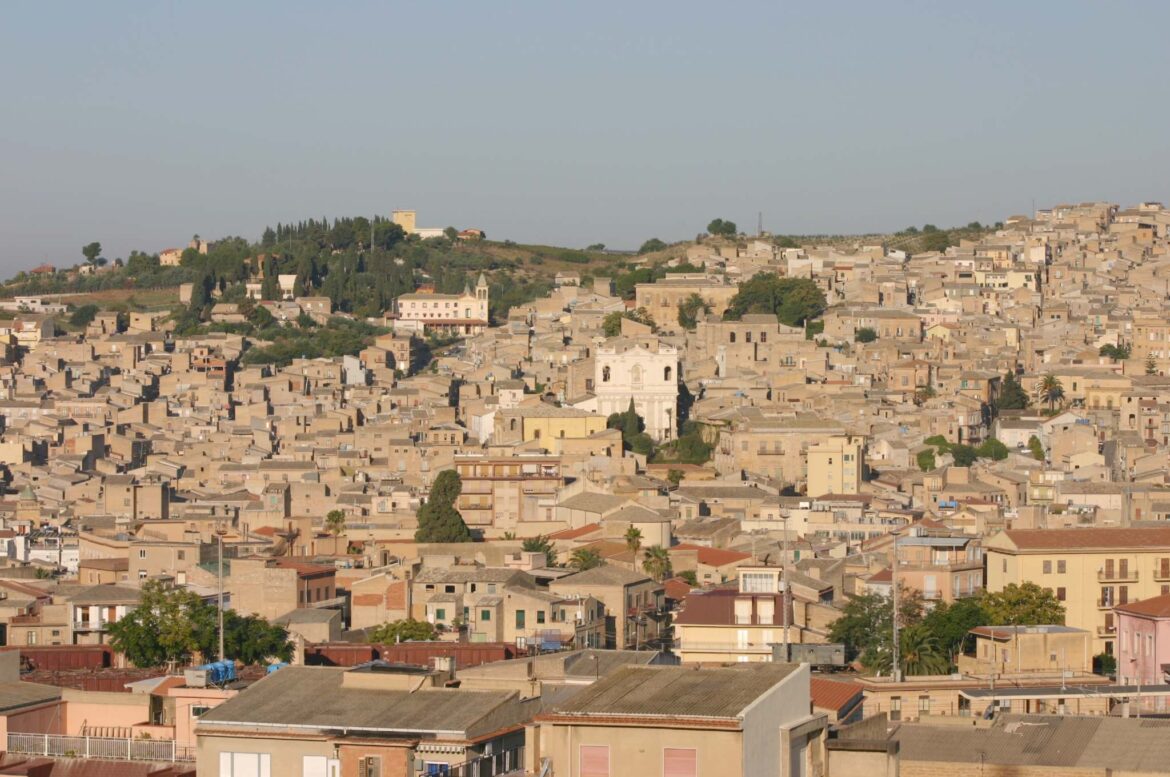
Day 3: Piazza Armerina and Caltagirone
An hour’s drive from Caltanissetta is Piazza Armerina. It is among the jewels of the Sicilian hinterland, with an ancient medieval structure, with a beautiful baroque and Norman historic center. City of art with a strong tourist attraction, it offers a rich historical and artistic heritage and is known as the “City of Mosaics and the Palio of the Normans.” At 697 meters above sea level, Piazza Armerina is among the destinations of our tour of Sicily by electric car that impress us the most.
Symbol of the city is certainly the Villa Romana del Casale, sumptuous residence of an exponent of the senatorial aristocracy, Unesco heritage since 1997, which offers the enchanting multitude of mosaics among the most interesting and best preserved of the time.
Another treasure not to be missed is the cathedral of Maria Santissima delle Vittorie, with its high dome of over 76 meters. Other interesting places are the Museum of Rural Life and the fountain of the Canals, built in the second half of the nineteenth century. After a long walk through the picturesque alleys of the city we stop for lunch to enjoy a good pizza.
In just over half an hour of travel we move to Caltagirone, in the lands of Catania, another large center of the Sicilian hinterland, a crossroads of cultures. Known for its ceramic craftsmanship, Caltagirone is an unmissable destination for those who want to shop in its many art shops. To see the cathedral of San Giuliano, but above all the Scala di Santa Maria del Monte, consisting of 142 steps, built in 1608 with the aim of connecting the lower part with the upper one, from where you can enjoy a beautiful view of the city.
Dinner with a platter of cold cuts and a mixture of grilled meats. After dinner we take a walk through the alleys of the city.

Day 4: Ragusa and Modica
It is a long stretch in the deep south of Sicily that leads us from Caltagirone to Ragusa. After more than two hundred kilometers of road we stop for charging at a Plenitude + Be Charge column in via Failla. We leave the car and start our tour focusing on Ragusa Ibla, an authentic scenic jewel of Sicily and Italy, the oldest district of the historic center of Ragusa. Located in the easternmost part of the city, it rises on a hill ranging from 385 to 440 meters above sea level. Enchanting views of the city rich in churches and palaces in Baroque style.
The cathedral of San Giorgio is splendid, the main Catholic place of worship in the city, among its most important monuments, an extraordinary architectural expression in Sicilian Baroque style and in Neoclassical style. Lunch with paccheri with eggplant cream to continue with lamb chops. Great and sweet closure with the classic Sicilian cannolo.
The magic of Modica
Early afternoon of relaxation, after the rich Ragusan lunch and then move to nearby Modica, from the beautiful historic center, among the most significant examples of Baroque architecture. Thanks to its architectural treasures, Modica has been included, together with other centers of the Val di Noto, in the list of UNESCO World Heritage Sites.
Also known for its typical chocolate, it has its symbol in the splendid cathedral of San Giorgio, a beautiful example of architecture in Sicilian Baroque style. All of Modica is a riot of art, among churches and historic buildings, an enchantment for those who visit it. For dinner we try the thrill of traditional meat with pork sauce, with a cassatina with ricotta and chocolate chips.
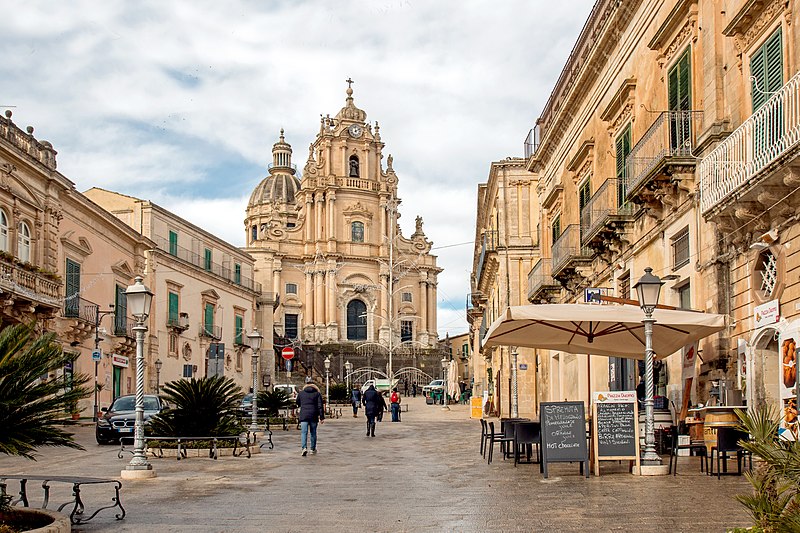
Day 5: Scicli, Noto and Avola
A stone’s throw from Modica there is Scicli, another jewel of the deep south of Sicily, from which we pass, lengthening a little the road that leads us to Noto. Scicli also offers an extraordinary historic center, rich in valuable architecture that make it one of the unmissable destinations of Sicily in our electric car tour.
We reach Noto in the late morning, towering on the citrus plateau overlooking the Asinaro Valley. Noto is a charm. Capital of the Baroque is also a UNESCO treasure. A series of architectural jewels makes up the rich mosaic of the city.
The famous Noto
The scenographic impact of the cathedral of San Nicolò is extraordinary, but all of Noto leaves you breathless for the beauty and harmony of the forms, between scenic squares and imposing staircases that connect terraces and gradients, and then a succession of churches and monumental palaces. We are in a great little wonder of Sicily. Lunch with Mediterranean anchovy meatballs and a pork fillet with almonds.
We leave the beautiful Noto to return to the sea, the Ionian Sea, and quickly reach Avola, the penultimate stage of the itinerary by electric car in southern Sicily. Famous for its wine, Nero d’Avola, a typical red wine of the area that we are going to taste in a wine shop in the area. Ruby red in color, it is served at a temperature ranging from 15 ° to 18 °, in combination with red meats, roasts and mature cheeses.
From Piazza Teatro, with the church of Santa Venera, patron saint of the city, to Piazza Trieste, with the church of San Giovanni Battista, from Piazza Regina Elena, with the church of Sant’Antonio Abate, to Piazza Vittorio Veneto, with the church of Sant’Antonio, Avola deserves a visit not only for its excellent wine. Dinner by the sea with a rich fried fish.
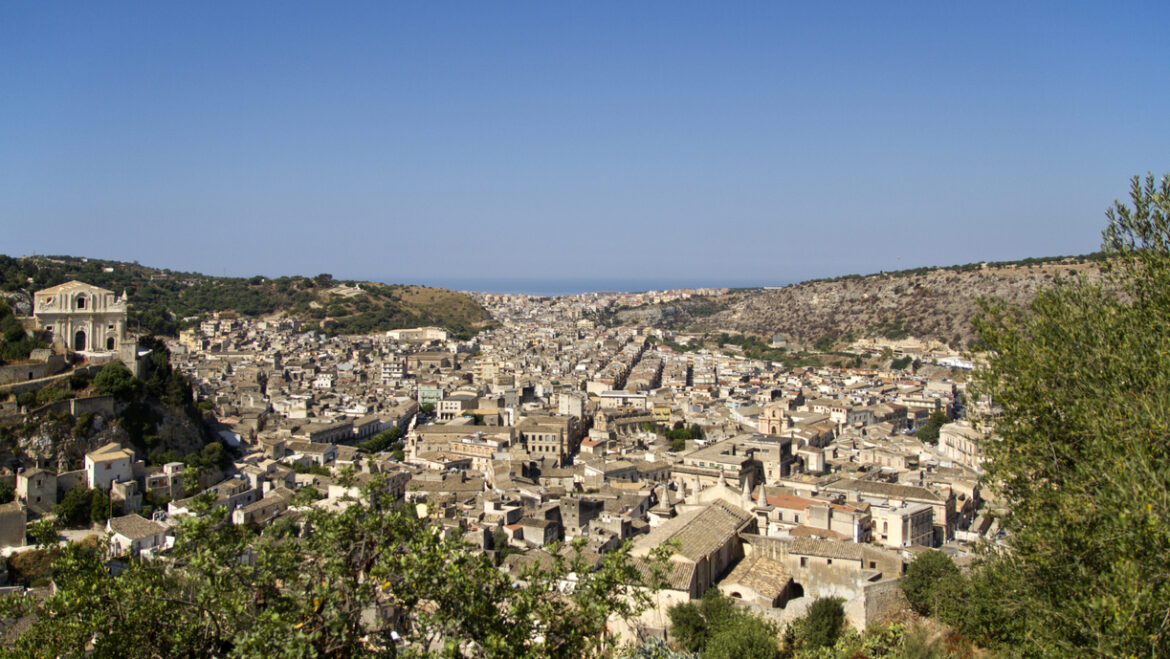
Day 6: Palazzolo Acreide
The last stop of our electric car itinerary in Sicily is the beautiful Palazzolo Acreide, a village in the Syracuse hinterland, with deep Greek roots, located in the Hyblaean Mountains. A village that offers scenarios of great architectural value, including churches and prestigious historic buildings. The architectural treasures, with, among others, the church of San Sebastiano and the basilica of San Paolo, are then joined by the dense network of archaeological and naturalistic itineraries.
After several days of travel by electric car, to discover the lands of southern Sicily, we give ourselves some peace in this village that combines beauty with so much peace.
We have some time to retrace the path made in the days of travel, remember the many beauties seen and prepare for the last meal in Sicily, based on fish ravioli with clams and shrimp and fried squid and shrimp that we accompany with a fresh local white wine.
